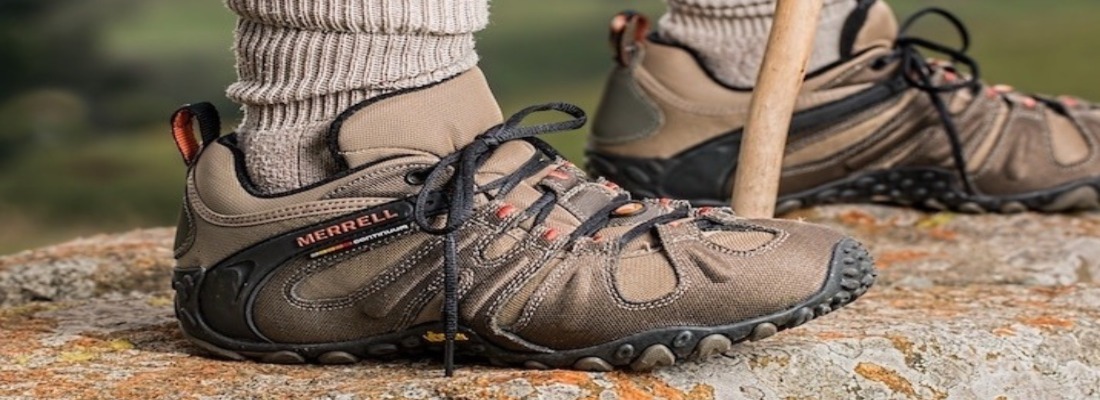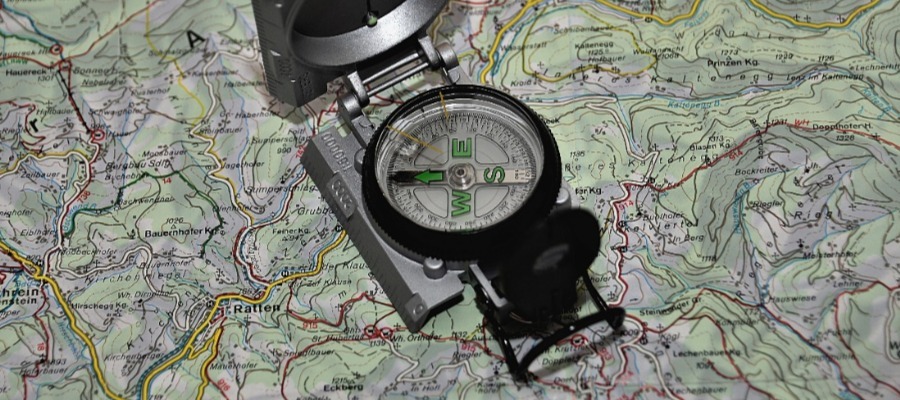Going on a hike is not the same as your regular afternoon stroll. It’s a fun and adventurous activity, but it does require a certain level of fitness, stability, and strength. This is especially true if you’re going on longer, more challenging hikes or if you’re hiking on rugged terrains.
Before exploring the great outdoors, it’s vital to ensure that you’re both physically and mentally prepared to complete your chosen trail. This post will help you estimate how fit you should be to go hiking and how to get your body in shape. This way, you’ll be able to get out there and complete that hike you’ve been planning successfully.
How fit you should be to go hiking depends on how hard your chosen hike is. Generally speaking, easy hikes are suitable for all ages and fitness levels, while moderate hikes are for more intermediate-level hikers. If you want to attempt a strenuous hike, you’ll need to be more experienced, and you’ll need a good physical shape as well. There are some important factors to take into consideration when determining a hike’s difficulty.
Distance, Elevation And Terrain
Determining a hikes difficulty comes down to three core factors and a selection of minor factors. The core factors are the routes length, the elevation and the terrain characteristics, but minor factors could include factors such as the weather, temperature, altitude and challenging surfaces. Obviously a route that is long with a lot of elevation is harder that a short flat route, but a short route that has a difficult terrain, lots of elevation can be more difficult than either.
Altitude is one of these minor factors that can really change a route. I can easily walk a ten mile, flat route, but at altitude, things are different. At altitude the atmospheric pressure and percentage of oxygen starts to decrease which makes it much harder to breathe. Altitude sickness can start to occur as low as 2,500 m, as such, you need to take precautions to prevent it when your hiking above this level. If you start to feel any of the signs of altitude sickness when you’re hiking at altitude, its important that you return to a lower elevation at fast as possible.
How to Get this Fitness Level
It’s important to assess what shape you’re in, honestly. Exceeding your limits can have unwanted consequences. Hiking trails don’t come with easy exits, and you don’t want to suffer your way through a strenuous hike you’re not prepared for. Luckily, there are multiple ways to get your body in shape for hiking. Depending on your current fitness level and the difficulty of your hike, you’ll need anywhere between two to eight weeks to prepare yourself.
You will find some of the best ways to get in shape for a hike below. If you’re new to hiking and working out is new for you as well, make sure to start out slowly. Don’t forget to consult your doctor and get yourself checked before starting a new training programme too.
Walking
Walking regularly is one of the best ways to get fit for hiking. Make a habit out of taking yourself out for a walk two or three times a week. Don’t forget to wear your hiking shoes and to carry a backpack during these walks. This way, you’ll both break in your shoes and make sure you’re prepared to carry your gear.
Cardio
Another activity that will help you get in shape are cardio exercises. These will help you build up your stamina. An important thing to consider when it comes to cardio exercises is that it’s better to do a 30-minute workout a few times a week rather than a strenuous one every once in a while.
Some of the most popular cardio exercises are swimming, jogging, and cycling. But even if you can’t head out or make it to the gym, there are some great exercises that you can do from the comfort of your home. Jumping jacks, running in place, butt kicks, and stair climbing are just a couple of examples.
Build Muscle
To carry a heavy backpack and hike longer, you’ll need good leg, core, and shoulder muscles. Know that inadequate training for carrying a heavy backpack may lead to back pain and injuries. It’s even more important to prepare yourself if you’re going on a multiple-day trek where you’ll have to carry lots of gear with you. A golden rule, however, is to make sure your backpack weighs less than 20% of your weight.
Some of the best ways to build muscle are lifting weights and doing exercises like push-ups, pull-ups, wall sits, and side planks. It’s important not to overdo yourself and to pay attention to muscle soreness when you’re exercising. Always postpone training sore areas until the soreness has disappeared.
Balance
It’s also good to improve your balance to walk on uneven terrain fluently while you’re hiking. You can work on your balance by doing yoga, pilates, or thai chi. If these aren’t your thing, there are some other simple exercises you can do. Some examples are one-legged stands, back-leg raises, and toe stands.
Stretching
Don’t forget to stretch for 5 to 10 minutes at the end of a workout (or hike). This will keep your muscles flexible and healthy, but it will also help you recover as quickly as possible and decrease the risk of injuries. Pay attention to your particular needs when you’re stretching and make an extra effort to strengthen weaker muscle groups. After training for a hike, some important muscles to stretch are your quads, hamstrings, glutes, lower back, and core. You won’t regret it.
Final Thoughts
Ultimately, how fit you need to be, depends on the route you’re going to take. As a general rule, there are six grades that can be given to a hike. They range from “Easy”, meaning that it is generally flat with some gradient, to “Severe”, where you’re going to need to bring your professional climbing gear.
Realistically anyone can walk along an “Easy” route, however for “Moderate”, you’re going to need to be hiking fit, and for “Hard” routes, you need to be in peak physical shape.


